Optimal Timing for Waterproofing
Waterproofing is a critical process to protect structures from water intrusion, which can lead to damage, mold growth, and structural deterioration. Proper timing ensures the longevity and effectiveness of waterproofing systems, reducing the need for costly repairs in the future.
Spring is ideal for waterproofing projects due to moderate temperatures and dry weather, allowing materials to cure properly.
Summer offers longer daylight hours and warm conditions, but high humidity can affect some waterproofing applications.
Fall provides cooler temperatures and less rain, making it suitable for sealing and coating projects before winter.
Winter is generally not recommended due to freezing temperatures that can hinder curing and adhesion of waterproofing materials.
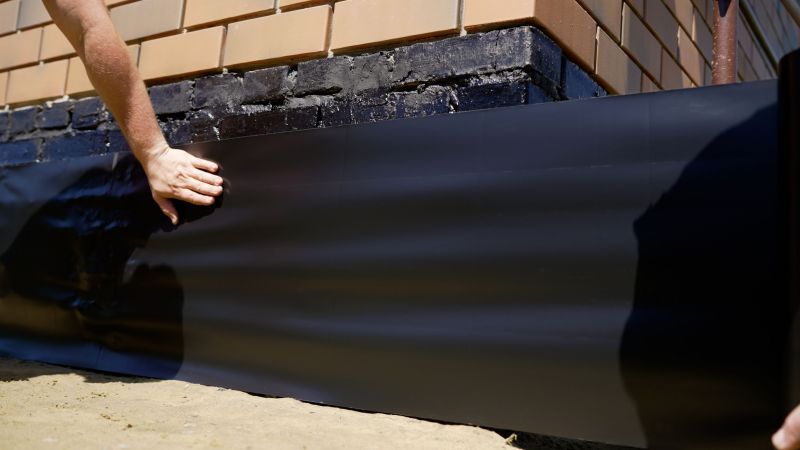
Ways to make Waterproofings work in tight or awkward layouts.

Popular materials for Waterproofings and why they hold up over time.
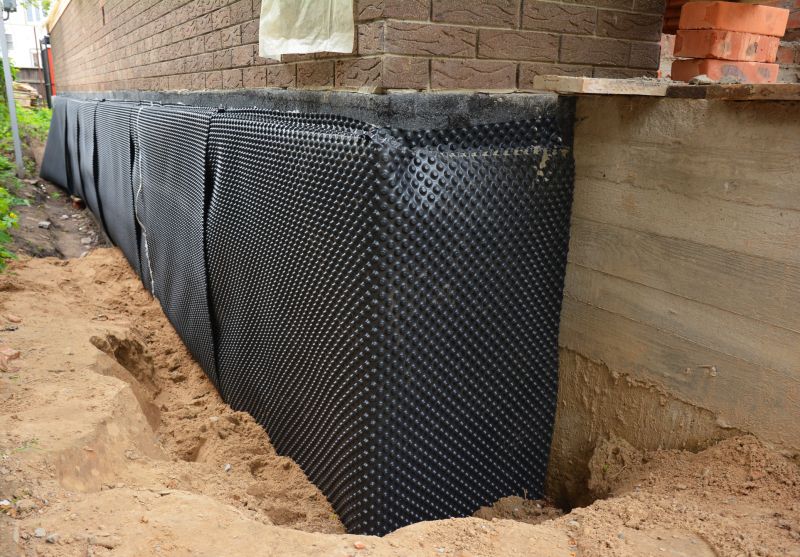
Simple add-ons that improve Waterproofings without blowing the budget.
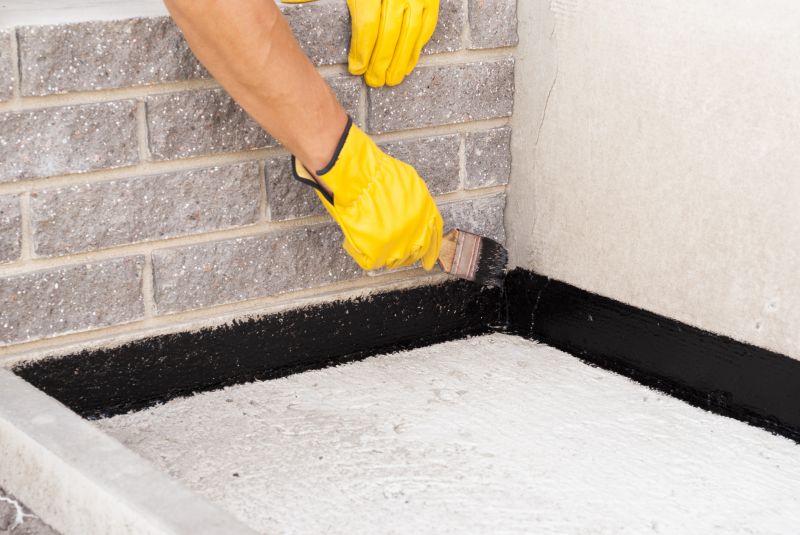
High-end options that actually feel worth it for Waterproofings.

Finishes and colors that play nicely with Waterproofings.
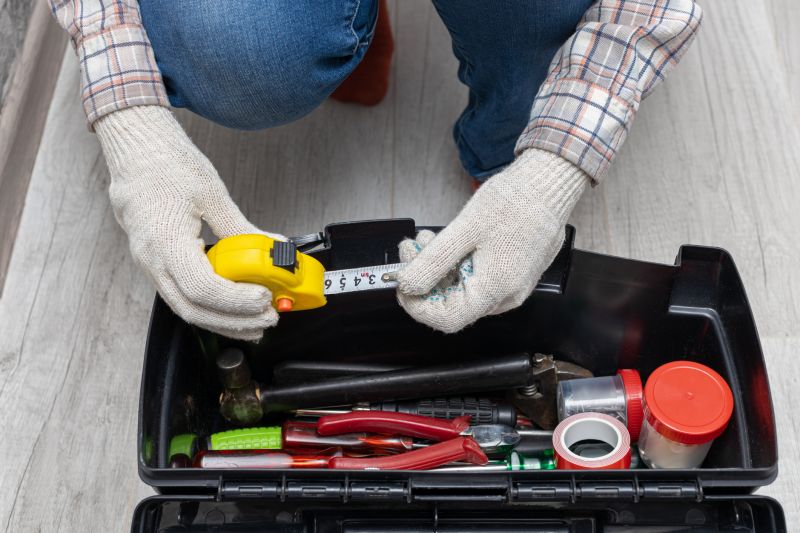
Little measurements that prevent headaches on Waterproofings day.
| Season | Optimal Conditions |
|---|---|
| Spring | Moderate temperatures, dry weather |
| Summer | Warm temperatures, longer days |
| Fall | Cooler temperatures, less rain |
| Winter | Freezing temperatures, not recommended |
Waterproofings involve applying specialized materials to prevent water penetration in foundations, roofs, and walls. These systems are essential for maintaining structural integrity and preventing water-related damage. The effectiveness of waterproofing depends heavily on correct timing, material selection, and application conditions.
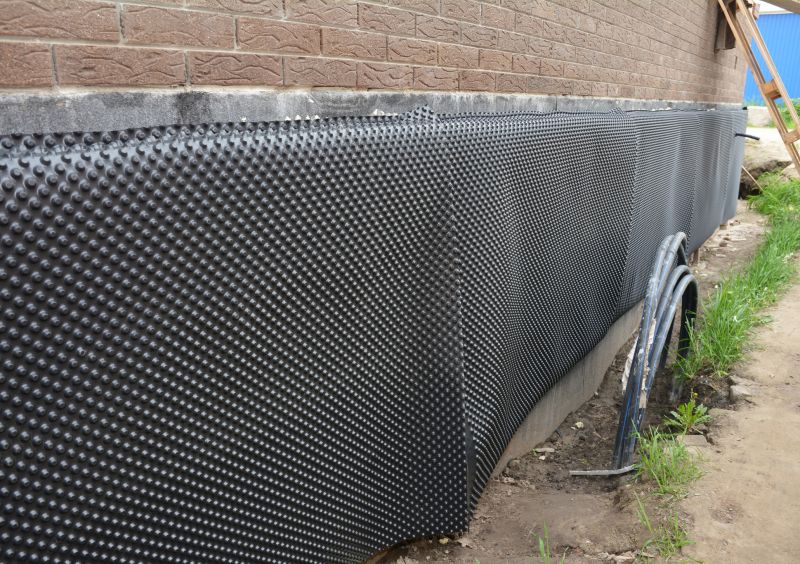
A 60-second routine that keeps Waterproofings looking new.
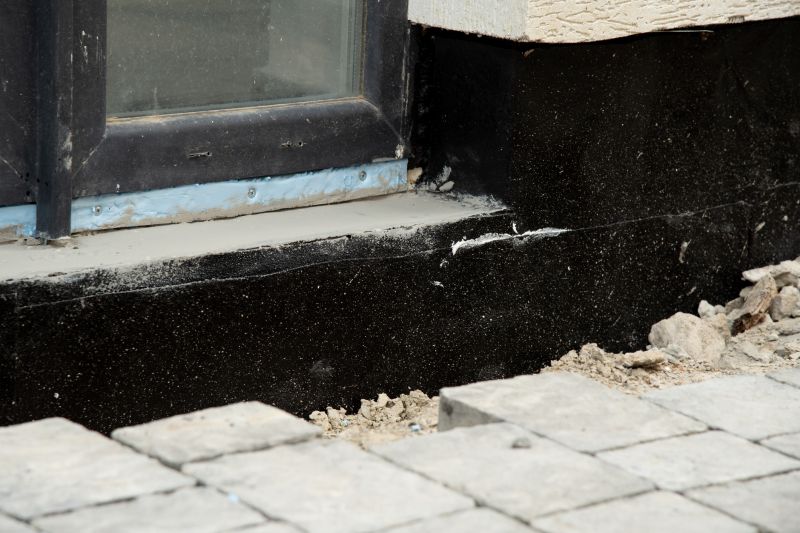
A frequent mistake in Waterproofings and how to dodge it.
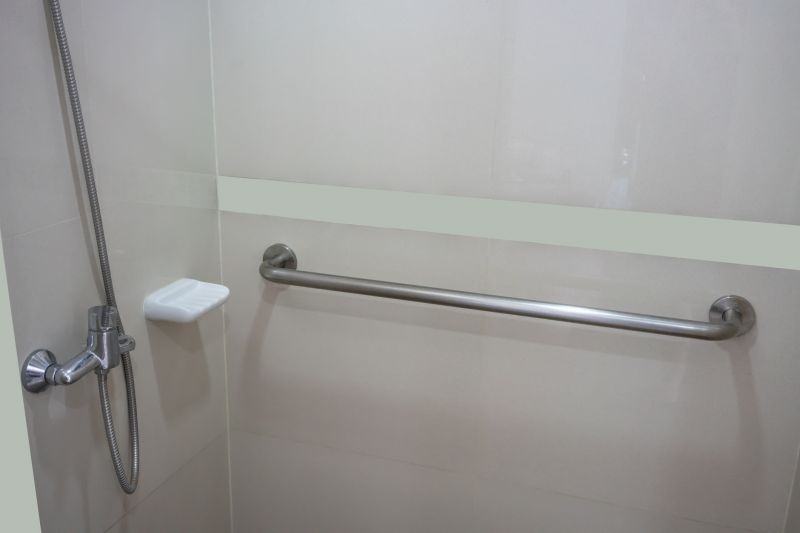
Small tweaks to make Waterproofings safer and easier to use.
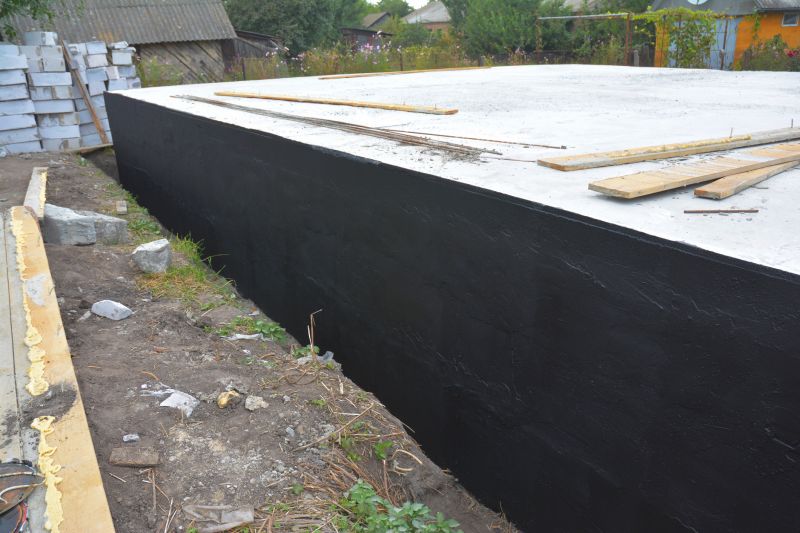
Lower-waste or water-saving choices for Waterproofings.
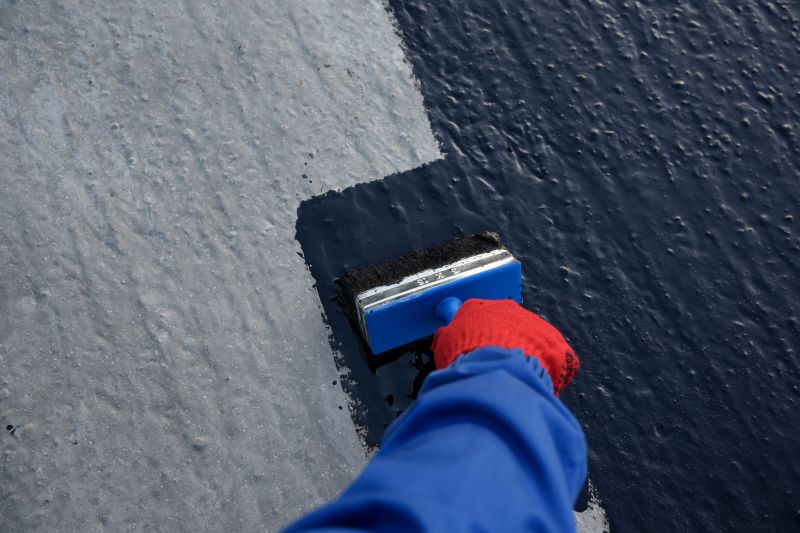
The short, realistic tool list for quality Waterproofings.
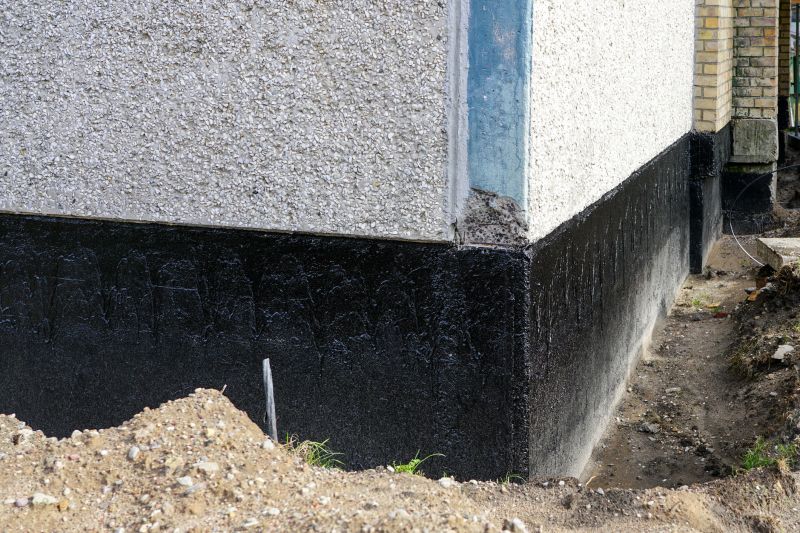
Rough timing from prep to clean-up for Waterproofings.
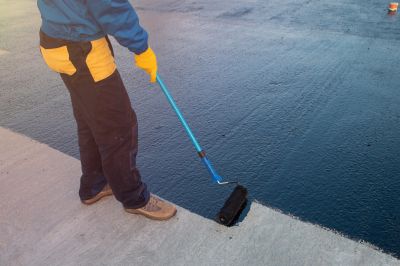
Quick checks and paperwork to keep after Waterproofings.
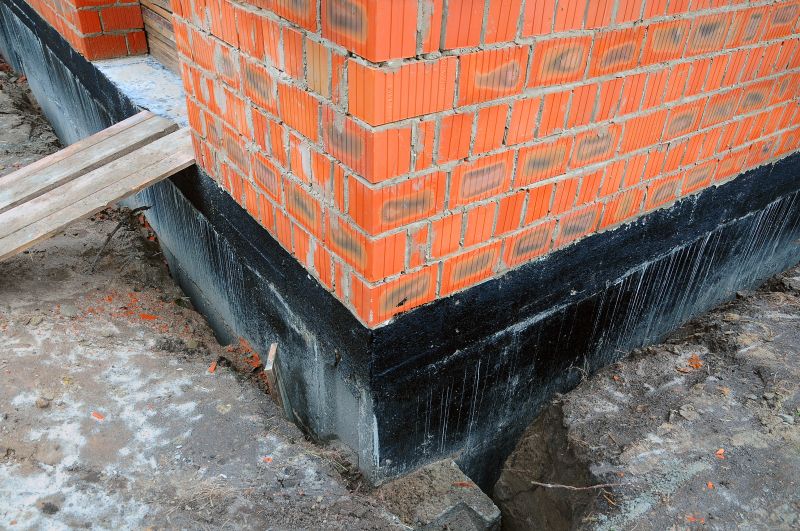
Examples that show the impact a good Waterproofings can make.
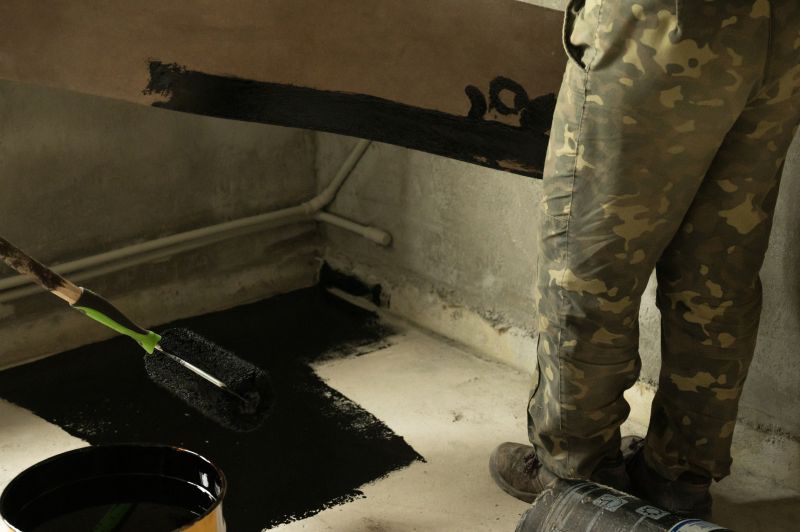
Ways to make Waterproofings work in tight or awkward layouts.

Ways to make Waterproofings work in tight or awkward layouts.
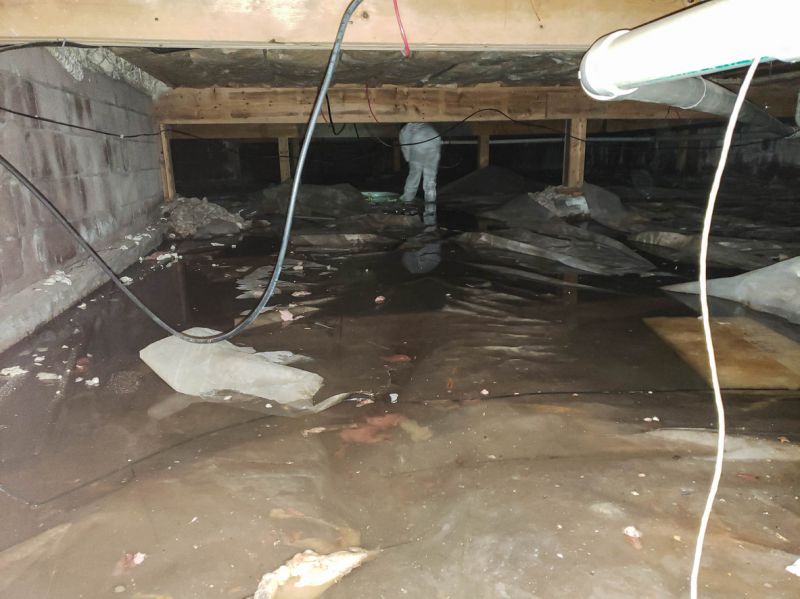
Ways to make Waterproofings work in tight or awkward layouts.
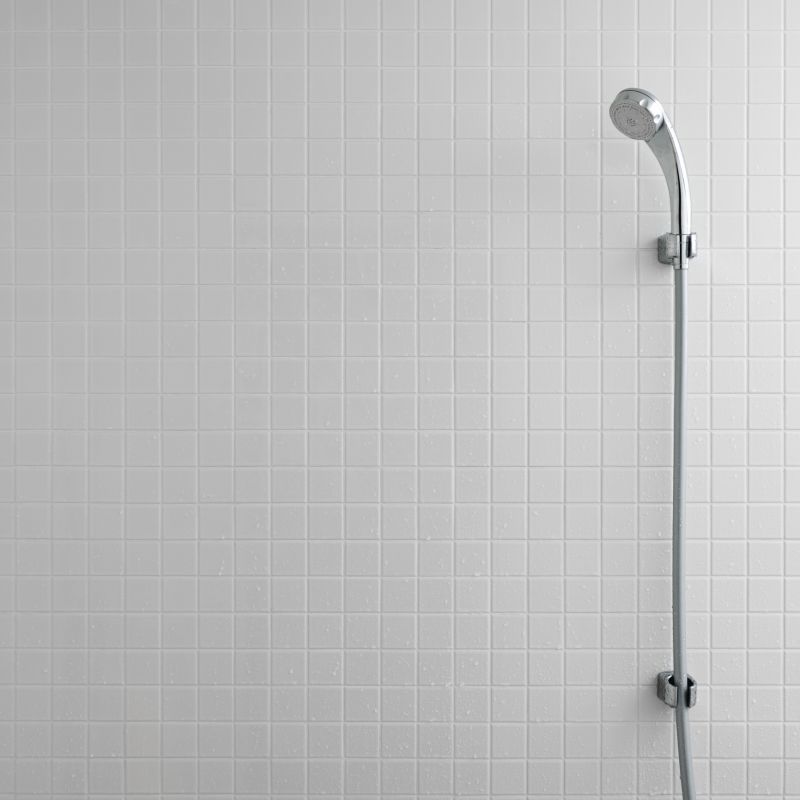
Ways to make Waterproofings work in tight or awkward layouts.
Choosing the right time for waterproofing projects can significantly extend the lifespan of the waterproofing system and the structure it protects. Proper planning and execution during optimal weather conditions are essential for achieving the best results.
Assessing the structure and weather conditions helps determine the best time for waterproofing.
Different waterproofing materials perform best under specific conditions and seasons.
Proper application methods ensure durability and effectiveness of waterproofing systems.
Regular inspections and timely repairs maintain waterproofing integrity over time.
Interested parties are encouraged to contact for more information or to schedule a waterproofing assessment. Proper timing and application are vital for long-term protection against water damage.

